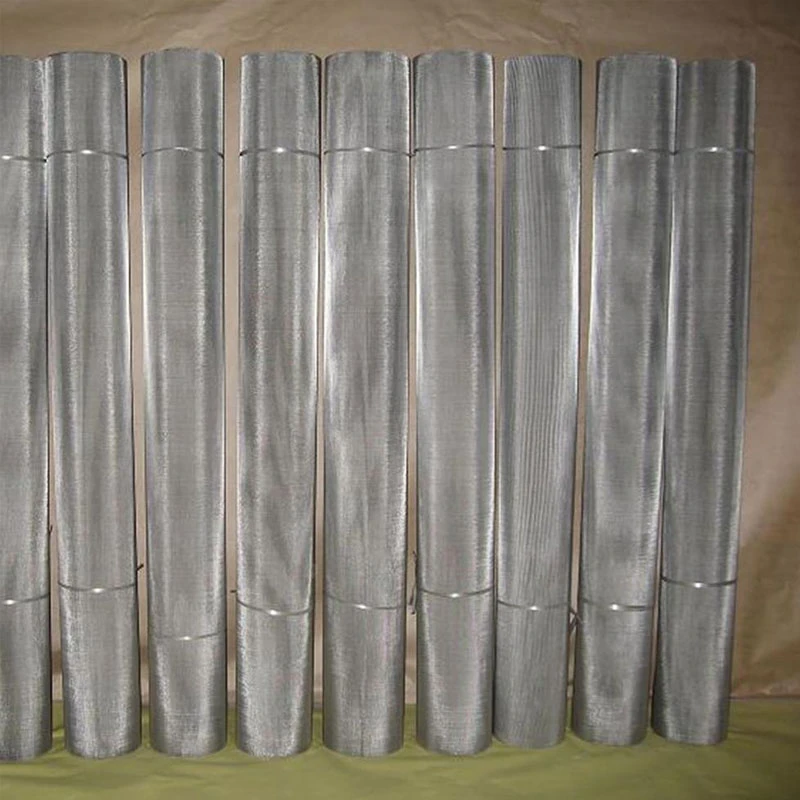The Pros and Cons of Galvanized Chicken Cages
In today’s world of poultry farming, the choice of housing for chickens is crucial for both their well-being and productivity. One popular option among farmers is galvanized chicken cages, which have garnered attention for their benefits and drawbacks. This article explores the features, advantages, and disadvantages of galvanized chicken cages, shedding light on their role in modern poultry farming.
Understanding Galvanized Chicken Cages
Galvanized chicken cages are constructed using steel wire that has been coated with a layer of zinc. This galvanization process protects the metal from rust and corrosion, ensuring that the cages have a longer lifespan compared to cages made of untreated steel or other materials. These cages come in various designs, ranging from small, portable setups to large, permanent structures that can house thousands of birds.
Advantages of Galvanized Chicken Cages
1. Durability and Longevity One of the significant advantages of galvanized chicken cages is their durability. The zinc coating provides a barrier against moisture and environmental elements, reducing the risk of rust and corrosion. As a result, farmers can expect a longer lifespan from their investment, allowing them to save money in the long run.
2. Easy Maintenance Galvanized cages are relatively easy to clean and maintain. The smooth surfaces are less prone to accumulate dirt, manure, or parasites, which are common issues in poultry farming. A simple wash with disinfectant can keep the cages sanitary, promoting a healthier environment for the birds.
3. Cost-Effective While the initial investment in galvanized cages may be higher than wooden or plastic alternatives, their durability and low maintenance needs make them cost-effective over time. Farmers can avoid frequent replacements and repairs, leading to better financial management in their poultry operations.
4. Enhanced Ventilation Many galvanized cage designs include features that promote proper ventilation. Good airflow is essential for maintaining optimal temperature and reducing humidity, which can prevent respiratory issues in chickens and contribute to overall health.
galvanized chicken cage

5. Space Efficiency Galvanized cages can be designed to maximize space utilization. By using vertical space and stacking systems, farmers can house more birds in a smaller area, making them ideal for high-density farming.
Disadvantages of Galvanized Chicken Cages
1. Initial Cost Investment The price of galvanized cages can be a barrier for some small-scale farmers. While they are a long-term investment, the upfront costs may be daunting, especially for those with limited resources. This initial expenditure can hinder their ability to adopt this method of housing chickens.
2. Limited Space for Movement Despite their benefits, galvanized cages often restrict the movement of chickens. While space-efficient, these cages can often lead to overcrowding, which may result in stress and aggressive behavior among the birds. Proper planning and adherence to animal welfare guidelines are essential to mitigate these issues.
3. Temperature Regulation Metal cages can become extremely hot or cold, depending on the weather, potentially putting the birds at risk. Proper insulation and strategy must be implemented to ensure that the environment inside the cages is comfortable for the chickens.
4. Animal Welfare Concerns There have been rising concerns regarding the welfare of chickens kept in cages. Critics argue that caging chickens, no matter how well maintained, can deny the birds their natural behaviors, such as roaming, dust bathing, and socializing. Farmers must balance productivity with humane treatment.
5. Potential for Injury Sharp edges or improperly designed cages can pose a risk of injury to the birds. It is essential for farmers to regularly inspect their cages and ensure that there are no hazards that could harm the chickens.
Conclusion
Galvanized chicken cages offer numerous benefits that can enhance poultry farming, such as durability, easy maintenance, and space efficiency. However, they also come with challenges that require careful consideration. Ultimately, the decision to use galvanized cages should be based on individual farming goals, budget, and commitment to animal welfare. By weighing the pros and cons, farmers can make informed choices that benefit both their operations and their chickens, leading to a more sustainable and productive farming system.

















